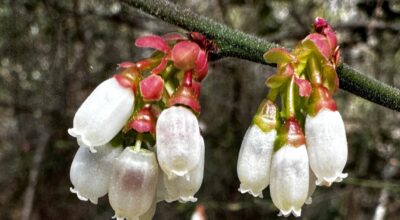Maintaining trees adds to property value
Published 7:00 am Friday, March 13, 2015
Money doesn’t grow on trees, right? Well, if you consider the value that healthy trees and other landscape plants add to the home landscape — an average of 15% — it’s a good idea to protect your investment. Regardless of the species, whether you have oaks, sycamores, maples, willows or any of the other tree species common to Southern landscapes, they add value to your property.
Trees are susceptible to insect and disease pests, but one the most common causes for tree decline and eventual death is related to injuries suffered during construction projects. Something as simple as a change in grade can kill trees, so the use of a little “construction site savvy” could pay dividends in helping you maintain property value. Remember, it’s a lot less expensive to keep a tree healthy and happy than to bear the expense of removing a dead one.
Changes in site grade often occur during new home construction, room addition to existing dwellings, driveway construction, pool installation, landscaping projects, and the like. Changing grade influences tree growth because roots position themselves where moisture and aeration conditions are best. Any change that affects air movement in and out of the soil will ultimately affect the root system. For example, both flooding the ground for a prolonged period and compacting the soil restrict air movement and roots suffocate and die. What follows root death is an all-to-common sight as tree tops die back because roots are unable to pick-up water needed by above ground tree parts.
Also, trees with damaged root systems are more susceptible to diseases and insect pests which hasten the decline process. Borers, other insect pests, and root rot move in and become established within a short time.
Builders sometimes stockpile soil on tree roots when digging a foundation. Roots will die quickly because: 1. Oxygen cannot diffuse to the roots at the new depth and the roots suffocate. 2. Chemicals toxic to roots build up under such conditions. 3. And, excessive fill disturbs the balance of soil microorganisms which help tree roots pick-up soil nutrients.
Some trees, such as elms, willows, sycamores, and some of the oaks, can survive this abuse for a couple of months before declining, whereas species like maples, dogwoods, pines, tulip poplars, and beeches are unable to withstand any excess fill.
However, most trees will tolerate some fill because the roots will gradually grow toward the surface. No more than one or two inches should be added over the roots annually. You can also remove an inch of soil, and the roots can adjust by growing more deeply toward favorable moisture conditions.
Recommended tips to help save trees on the construction site include the placement of stakes three to five feet apart in a ring five feet beyond the drip line. Use the stakes as a guide for placing rope, or preferably fluorescent surveyor’s tape, around the tree. This “barrier” zone should keep construction equipment away from the area of soil where the bulk of tree roots are located, prevent soil piling onto the tree’s root zone, and reduce soil compaction from construction equipment traffic. Root zone staking should also reduce root pruning, an important consideration, since cutting major roots within fifteen feet of the trunk is usually fatal to large or mature trees.
By Eddie Smith





